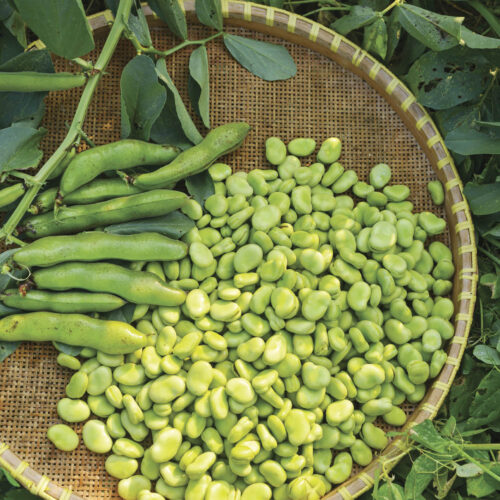Wondrous wallflowers
2018-08-29T05:04:25+10:00
You can't go past deliciously scented wallflowers for your spring and summer garden.
The original wallflower (Erysimum cheiri) is a short-lived perennial that is often found growing wild in Europe on cliff faces and in the stone walls of old buildings. The flowers are sweet and spicily scented and range from golden yellow to orange. Country people would pick the flowers and carry them as posies to festivals and gatherings, and in the language of flowers it means ‘fidelity in adversity’. Also if you are looking at flowers for days of the week, wallflowers are Saturday’s flower.
The wallflower today is a hardy, short-lived perennial or there are biennial and annual forms. They all have leaves that are linear and entire and grow in dense clusters. Flowers are single, four-petalled and usually yellow-orange, although many other colours have been developed, especially in the purple and red range. ‘Bowles Mauve’ is a long-lasting perennial that flowers for most of the year in our climate.
Grow new plants from seed sown in spring, either where they are to grow or transplanted when the seedlings are small. Alternatively take cuttings of new growth in spring. They like a well-drained, sandy loam soil and an open, sunny position. If your soil is heavy then grow them in tubs or add gravel to the soil, as they really don’t like to have wet feet. Having said that, you do need to keep the soil moist when plants are flowering. And regular liquid feeds will help prolong the flowering period too.
Some of the taller forms benefit from regular pruning to stop them from becoming straggly, and prune back perennial plants in autumn. Wallflowers are in the Brassicaceae, the same family as cabbages and caulis, so they are subject to some of the same diseases. If they develop club root or other fungal problems, then remove them and dig compost into the soil and don’t plant anything in the Brassicaceae family back into this part of the garden for a few years. Being brassicas, the flowers are also beneficial-insect magnets, being loved by bees, hoverflies, ladybirds and more.
Flowers and seeds have been used medicinally for liver and blood disorders, and sore muscles and sinews. Today, wallflowers are grown mainly for their scent in the garden but also because the flowers dry well for potpourri.
Francis Bacon (1561–1626) wrote of them: Then wallflowers, which are very delightful, to be set under a parlour or lower chamber window.

.jpg)




